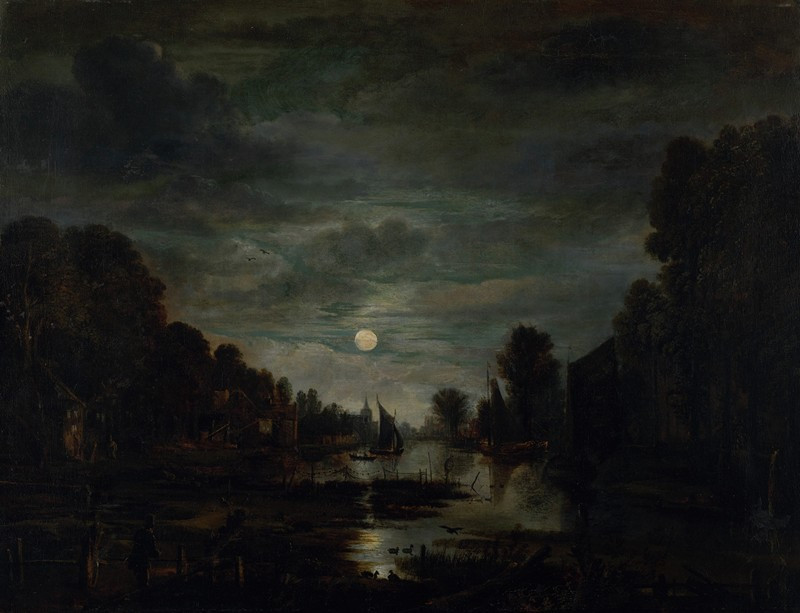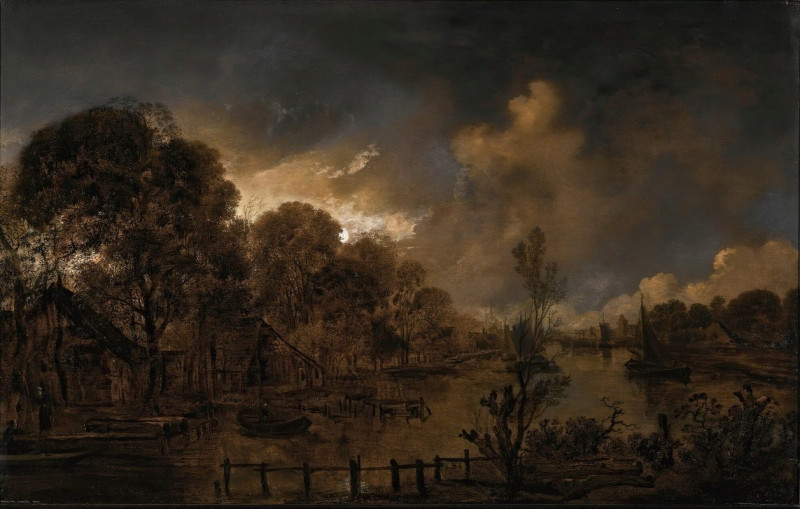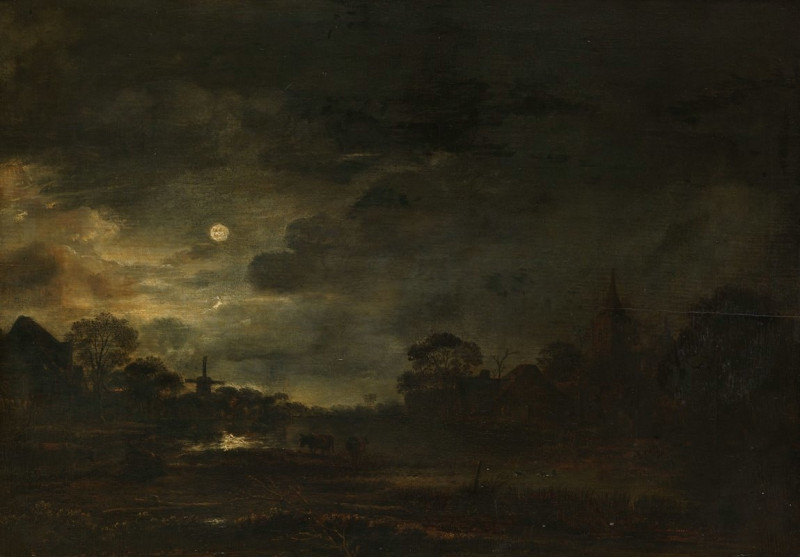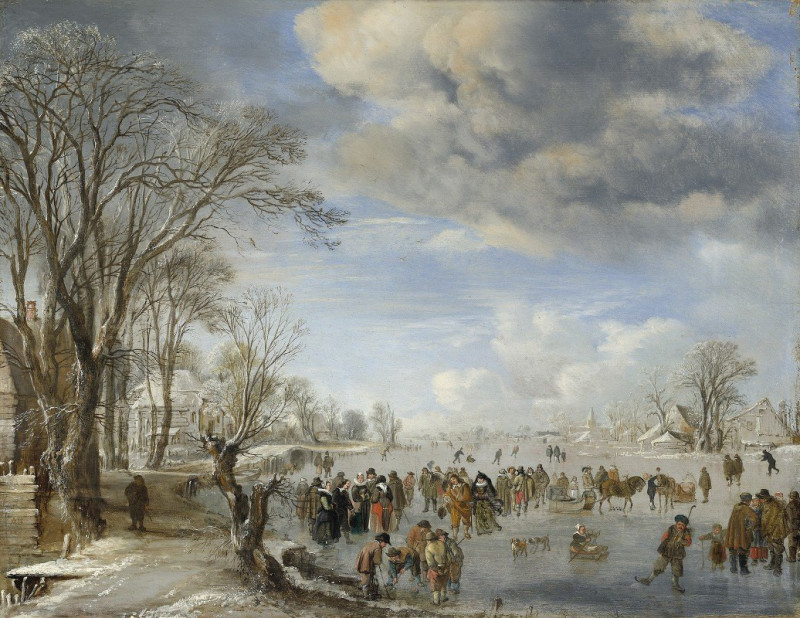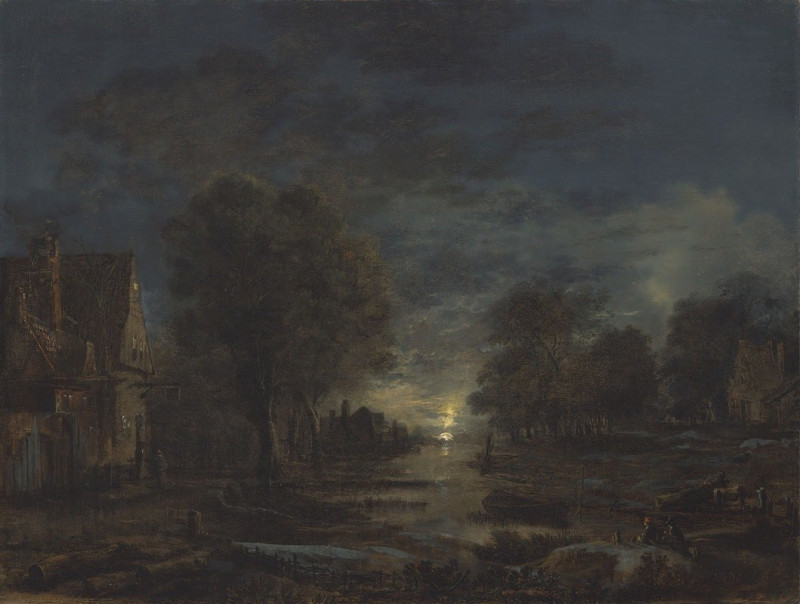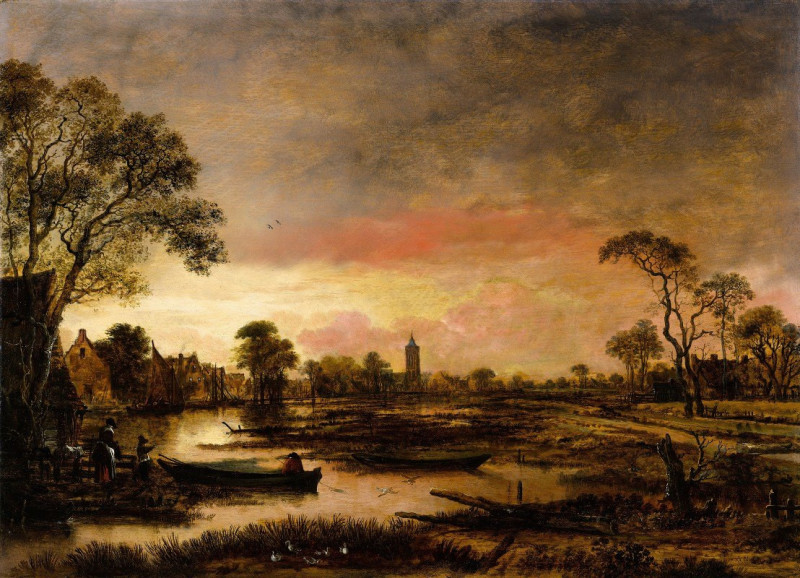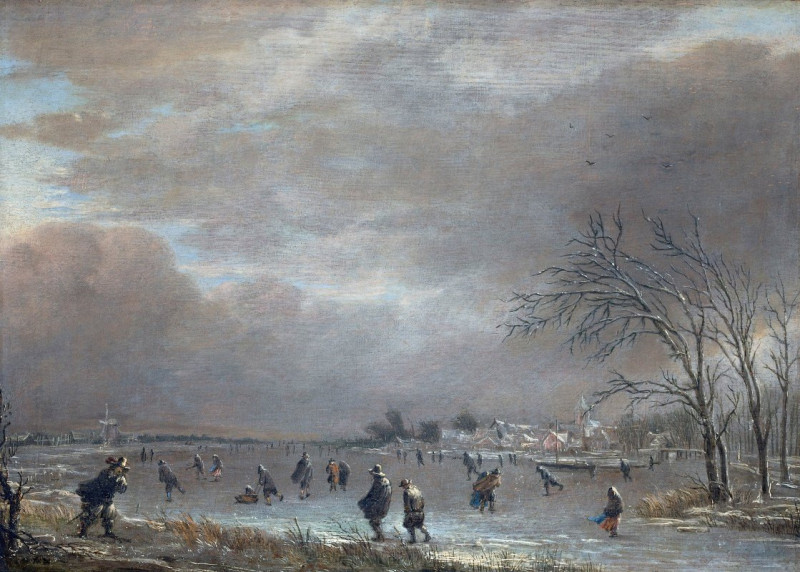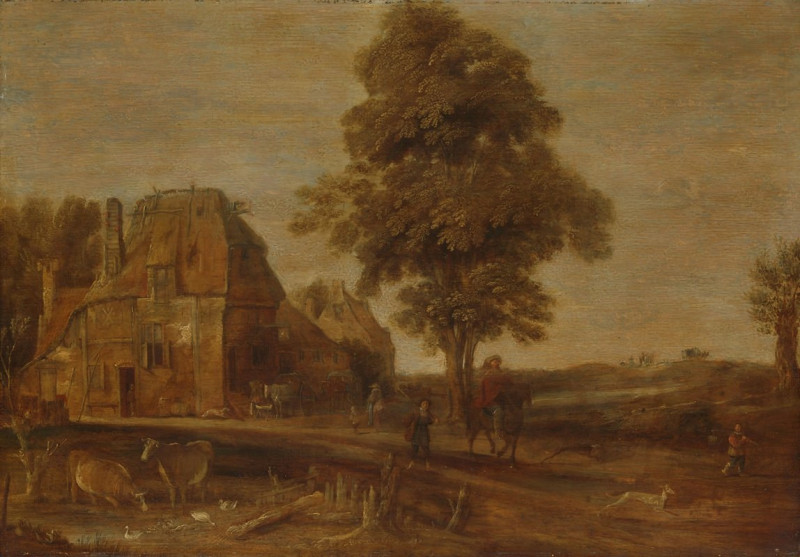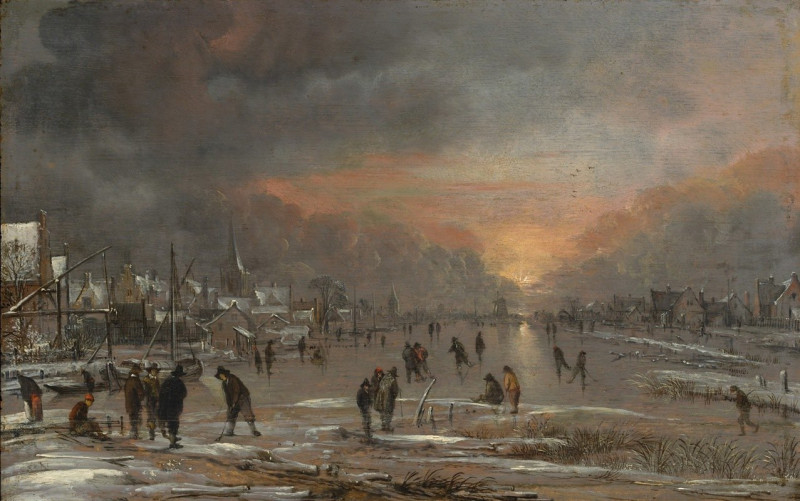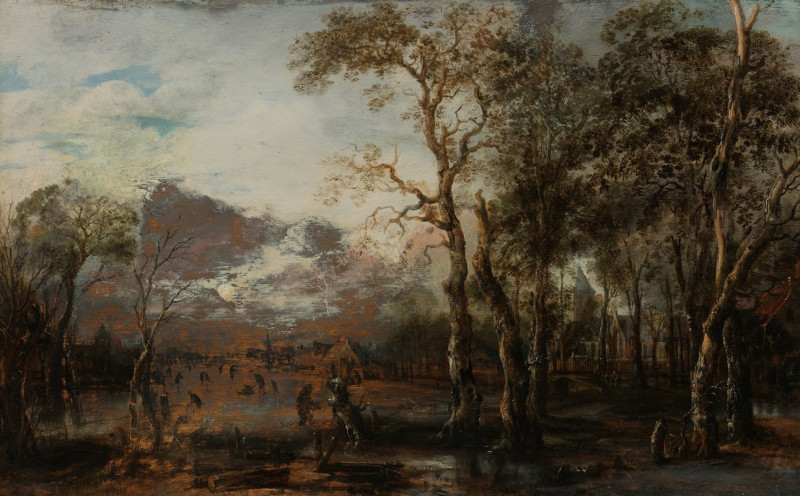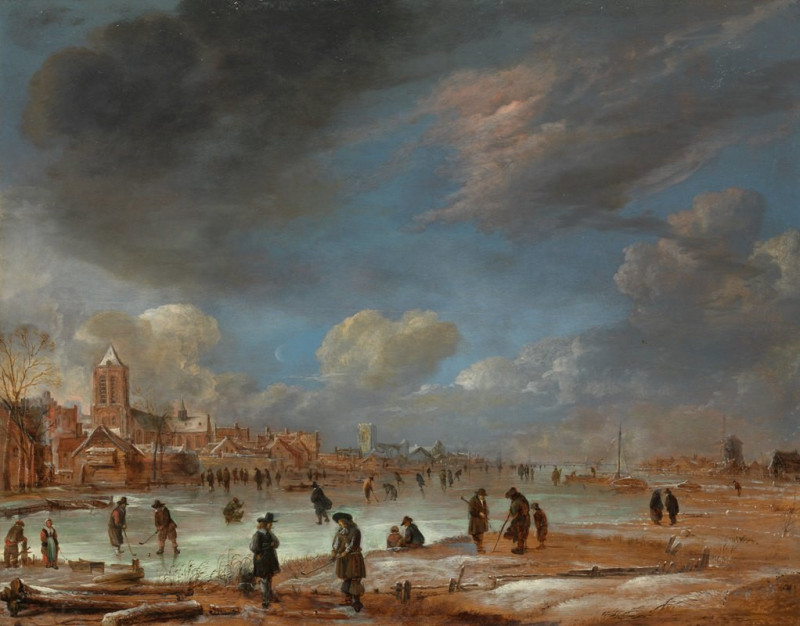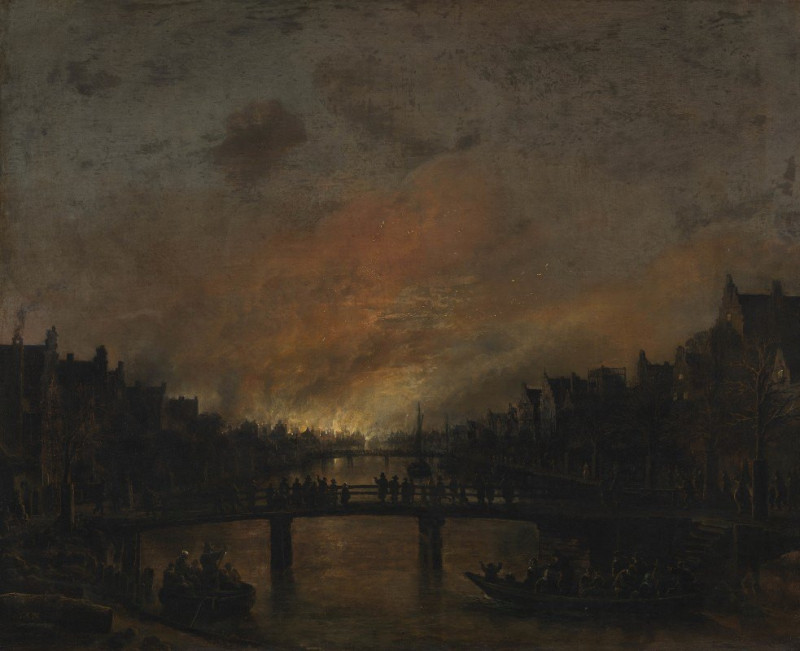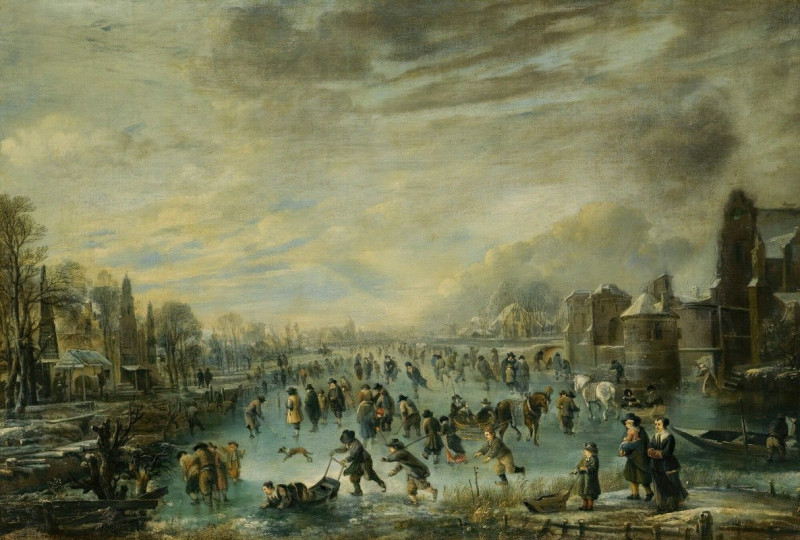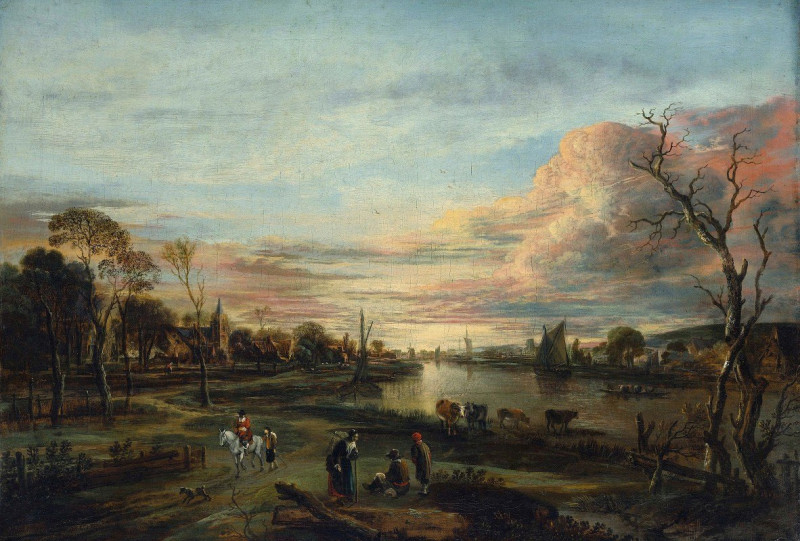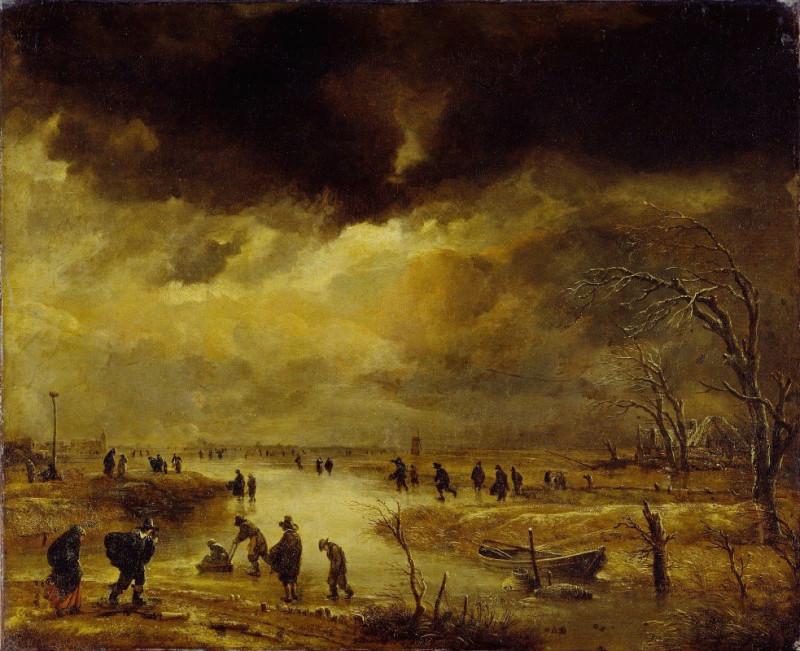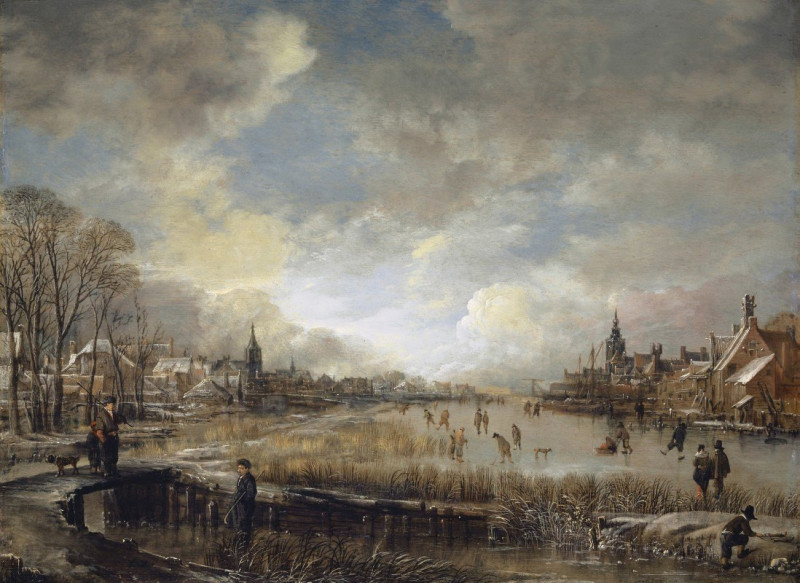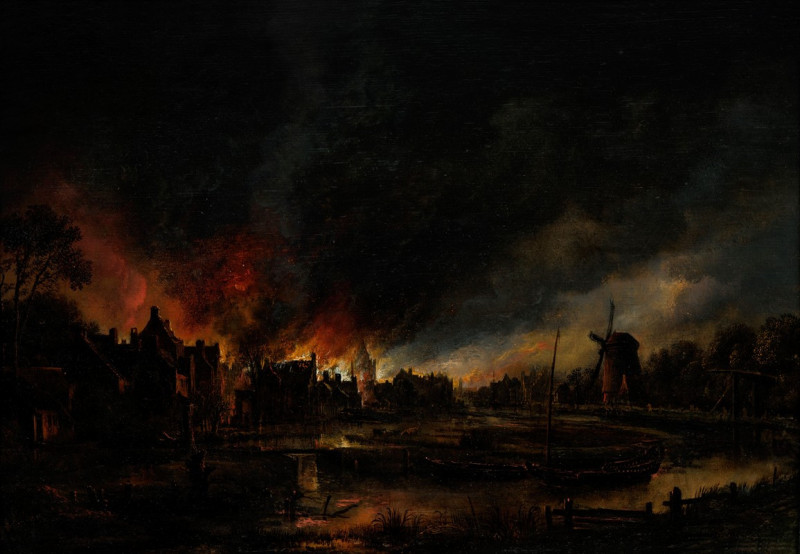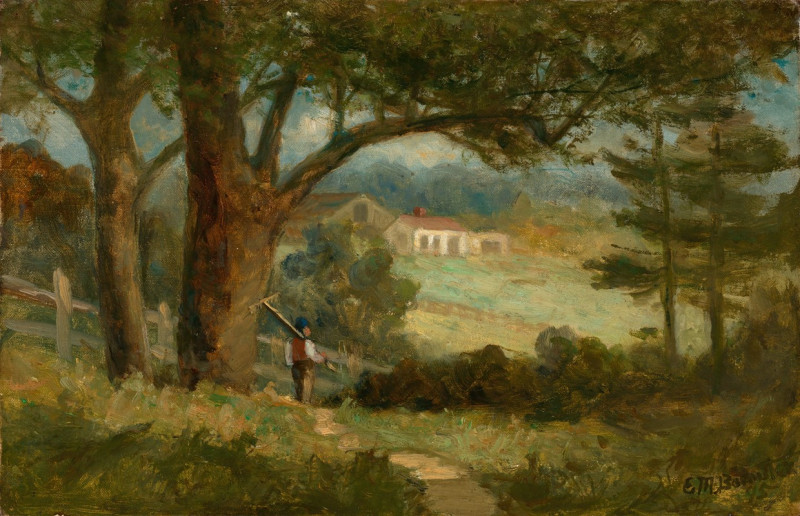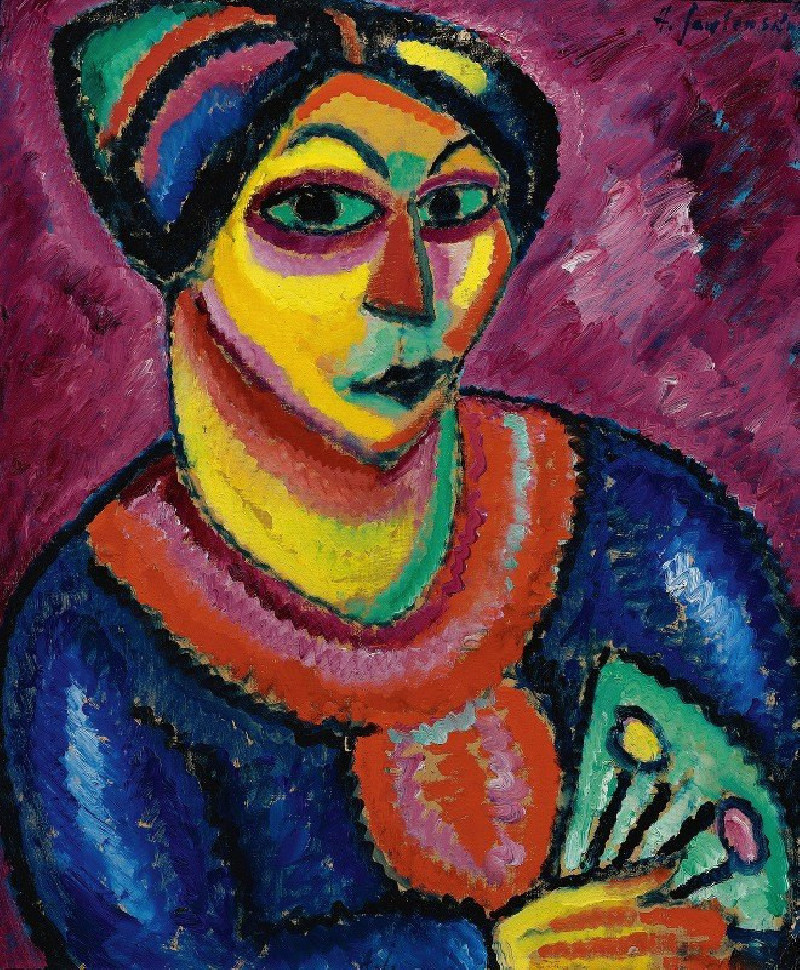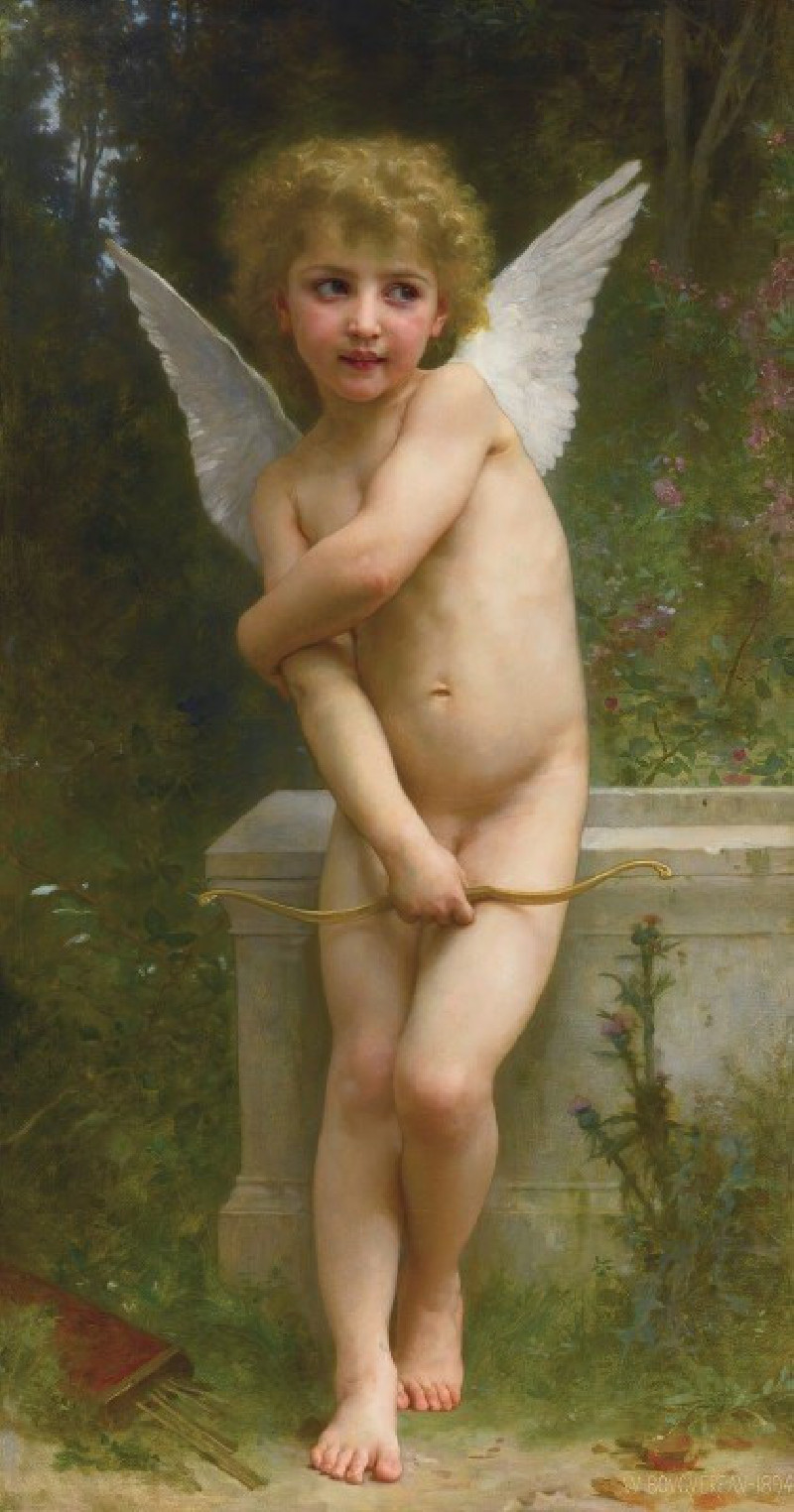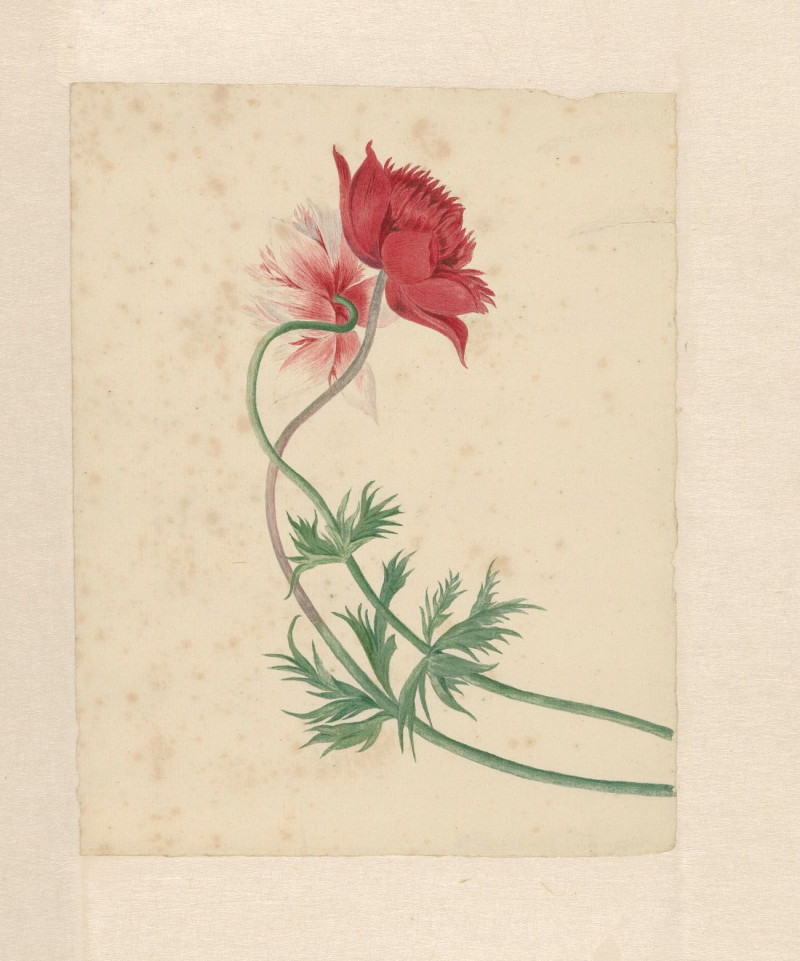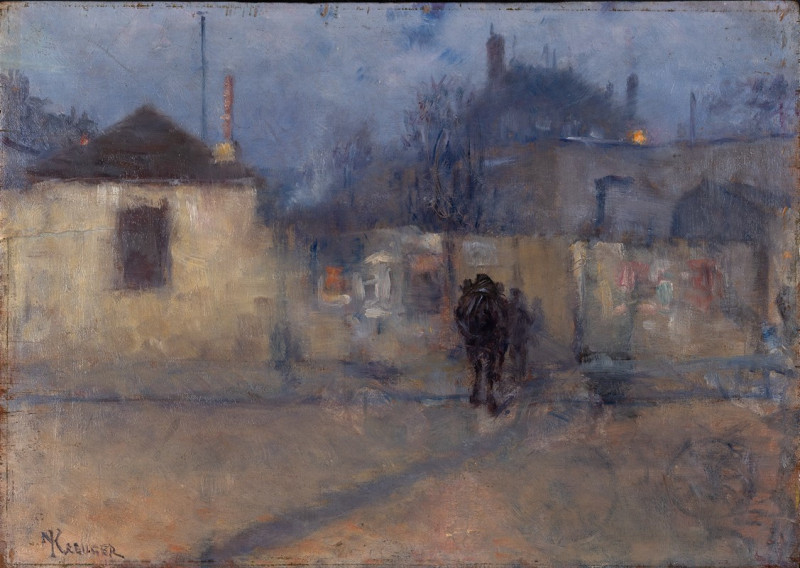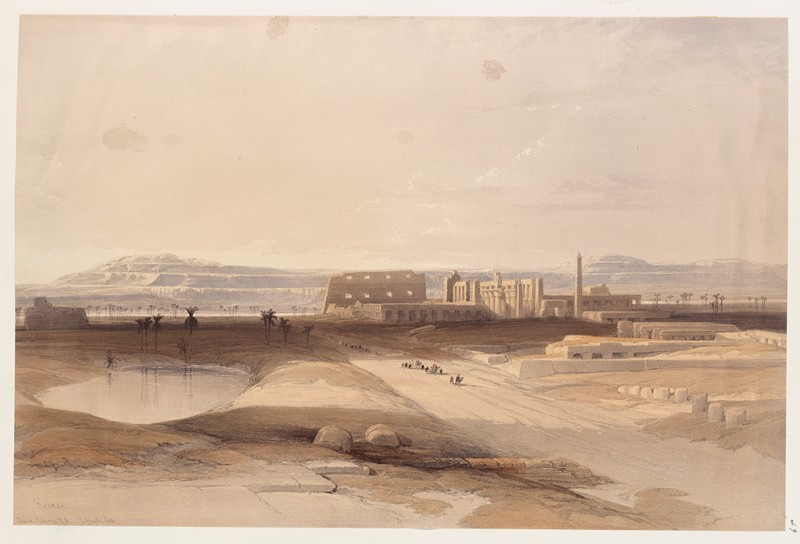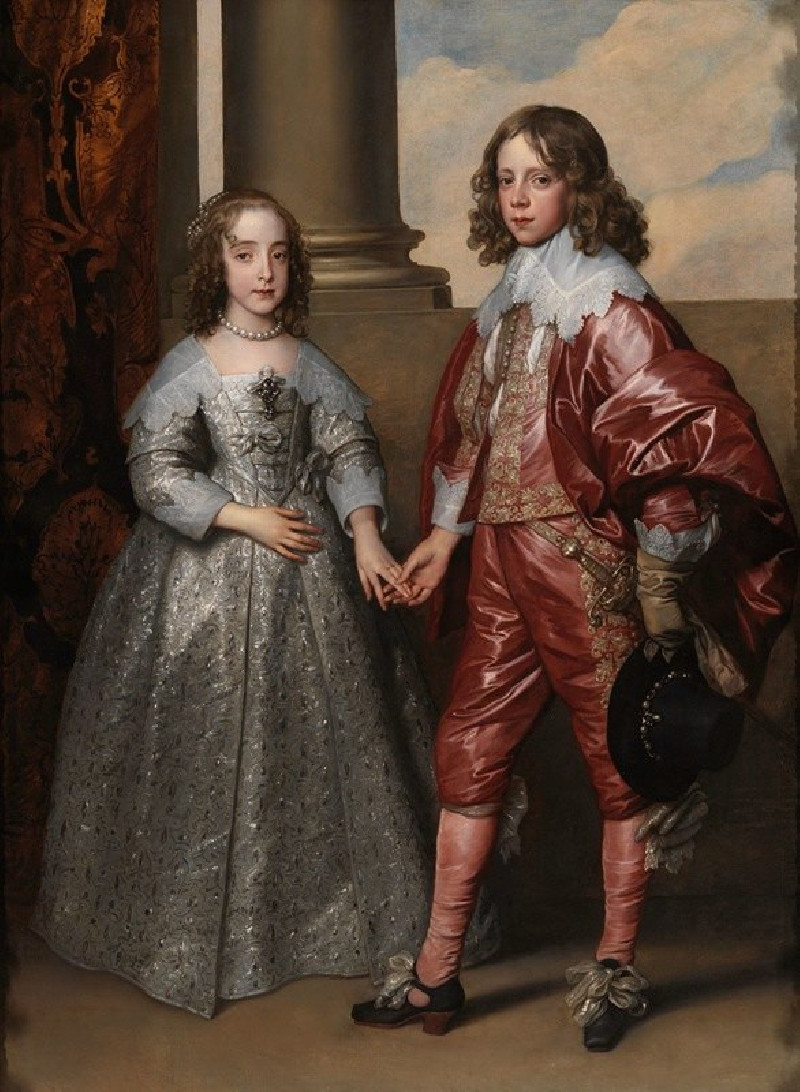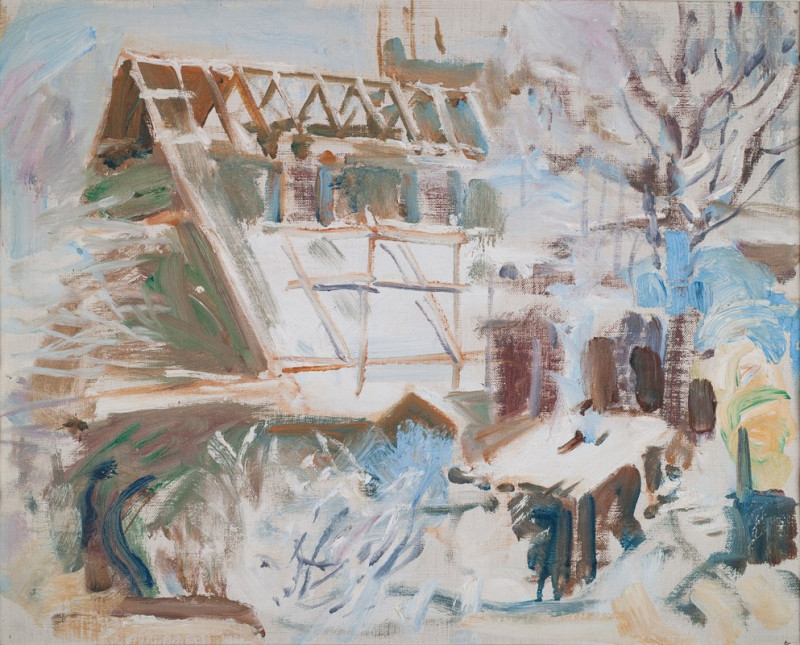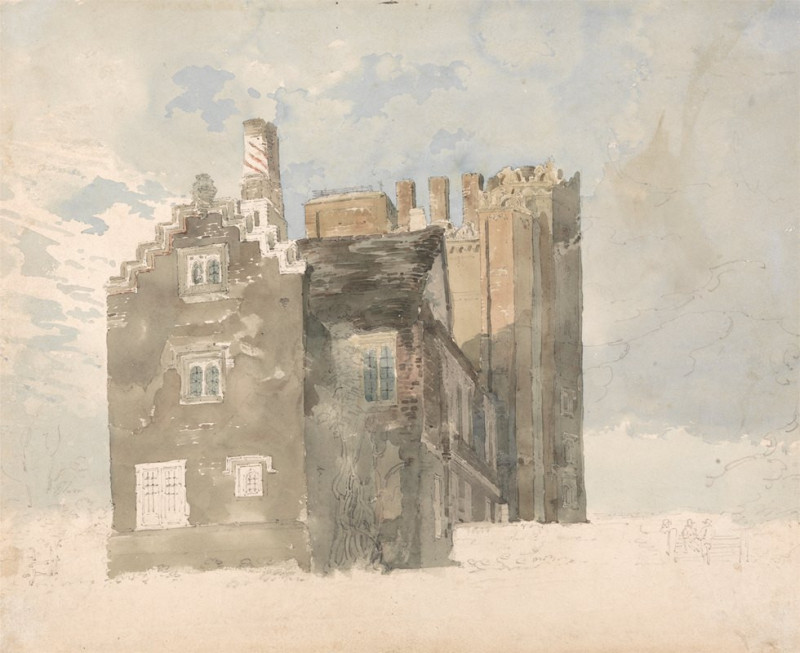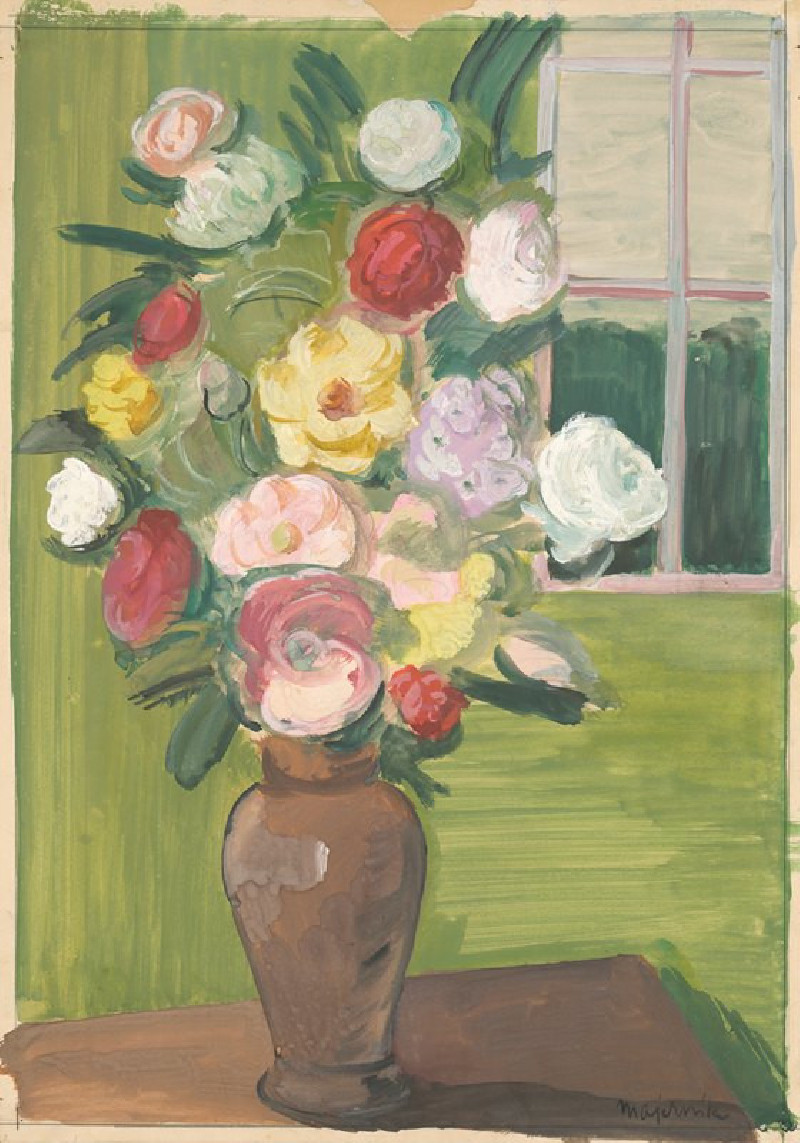River Landscape in Moonlight (ca. 1645–55)
Technique: Giclée quality print
Recommended by our customers
More about this artwork
Aert van der Neer's painting "River Landscape in Moonlight" captures a serene nocturnal scene that carries the viewer into a quiet, reflective state. Painted between approximately 1645 and 1655, this artwork showcases Van der Neer’s mastery in depicting nightscapes and river views, a subject for which he was particularly acclaimed.The painting reveals a tranquil river landscape under the enchanting glow of a full moon. The moon casts its silvery light across the water, illuminating the scene with a soft, ethereal luminance that contrasts beautifully with the deep shadows of the night. The riverbanks are lined with dense clusters of trees and small cottage-like structures, some of which are faintly illuminated, suggesting the presence of life amidst the stillness of the evening.On the river, several boats introduce a human element to the composition. Their subtle positioning leads the eye through the painting, echoing the quiet flow of the river. A few figures can be discerned, engaged quietly in their nocturnal work, adding a touch of livelihood to the otherwise calm and static night.In the background, the silhouette of a church spire rises against the cloudy sky, adding a touch of architectural interest and suggesting a community lying beyond the immediate tranquility of the riverbank. The sky, layered with moving clouds, hints at the dynamic yet unseen forces of nature."River Landscape in Moonlight" is a masterful expression of light, shadow, and atmosphere. Aert van der Neer's delicate handling of moonlight effects not only highlights his technical prowess but also invokes a mood of peaceful solitude.
Delivery
Returns
Aert van der Neer, or Aernout or Artus (c. 1603 – 9 November 1677), was a landscape painter of the Dutch Golden Age, specializing in small night scenes lit only by moonlight and fires, and snowy winter landscapes, both often looking down a canal or river. He was a contemporary of Aelbert Cuyp and Meindert Hobbema, and like the latter he lived and died in comparative obscurity.

